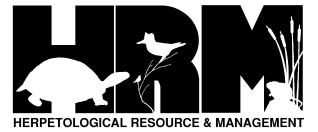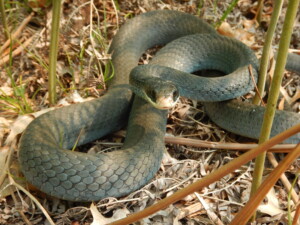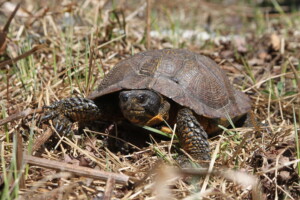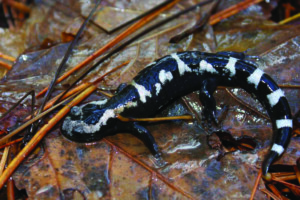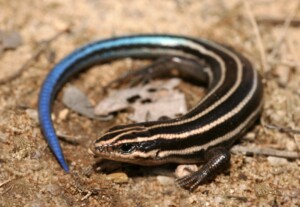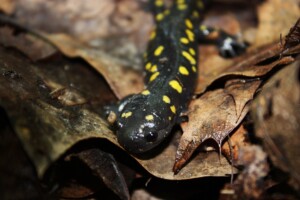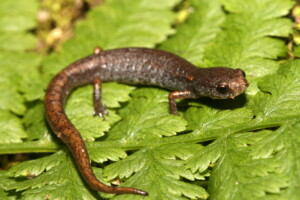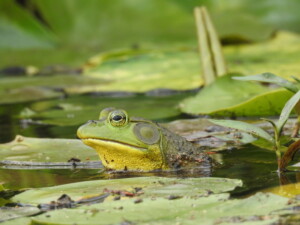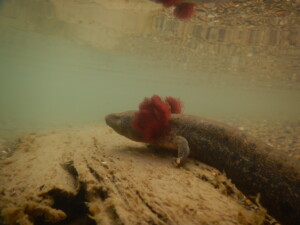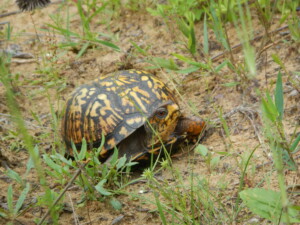Herp HAT
Overview
The Michigan Herpetological Habitat Assessment Tool, or MI Herp HAT, is a critical conservation tool designed to do exactly what its name describes: assess the quality of Michigan wetland habitat using amphibians and reptiles (i.e. herpetofauna) as a metric. Herpetofauna help to maintain wetland ecosystems through important ecological services including, but not limited to, seed dispersal, soil aeration, shelter creation, and plant diversification. They also serve as critical predators, prey, and scavenger serving as critical roles in ecosystem function and maintaining strong biodiversity. Amphibians and reptiles are uniquely suited to serve as indicators of habitat quality because of their acute sensitivity to human disturbance and environmental change. HRM created the Herp HAT in collaboration with the Michigan Department of Environment, Great Lakes, and Energy (EGLE) to strengthen our ability to conserve and manage native herpetofauna, our most imperiled group of vertebrates, before it’s too late.
Uses
The Herp HAT is designed to quantitatively rank the function of individual wetland habitats. It is not designed to compare different wetland types. For example, two sites can receive the same score while fulfilling ecological functions, the sharing of a score between two wetlands does not imply similarity. The tool is also not intended to measure the amount of disturbance a landscape has experienced. Herpetofauna can persist or even thrive on disturbed landscapes, therefore disturbance serves little purpose in assessing habitat functionality here.
Objective
- Develop a biotic metric to evaluate the functional value of a wetland in Michigan, with emphasis on herpetofauna.
- Have regulators, managers, land stewards, and natural resource professionals (public and private) adopt and utilize the Herp HAT
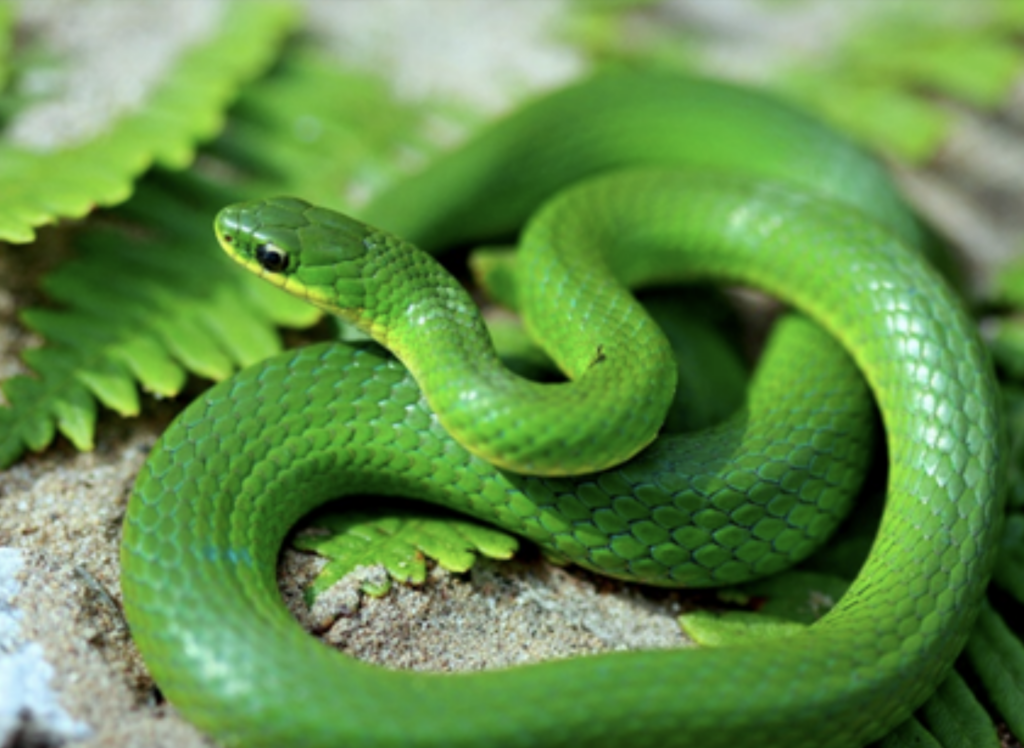
Metrics
- Rarity: Rare species with isolated populations will have a higher score.
- Fragmentation Sensitivity: Species that require extensive habitat mosaics to fulfill their life history needs will receive a higher score.
- Specialist or Generalist: Species with specific life history traits and requirements will receive a higher score.
- Fecundity: Species with lower fecundity will receive a higher score.
- Life Expectancy: Species with greater life expectancy will receive a higher score.
- Probability of Detection: More cryptic species will receive a higher score.
- Required Hydroperiods: Species that require longer hydroperiods as part of their life cycles will receive a higher score.
- Need for Fishless Wetlands: Species that require fishless wetlands will receive a higher score.
Scores
Using these metrics, the Herp HAT assigns each possible species a score. Based on the composition and density of species in a wetland, these scores, can be used to calculate a wetland condition score based on the herpetofauna community composition. In general, the higher the wetland’s score, the greater its value to herpetofauna and the greater ecosystem.
Applications
The Herp HAT is a valuable resource for regulators, natural resource practitioners, private sector biological and natural resource organizations, and environmental stewards. It allows the user to determine the functional value of wetlands in an accurate and rapid manner. Data from this tool can feed into existing databases like the MI Herp Atlas (add hyperlink), making them more robust and powerful.
